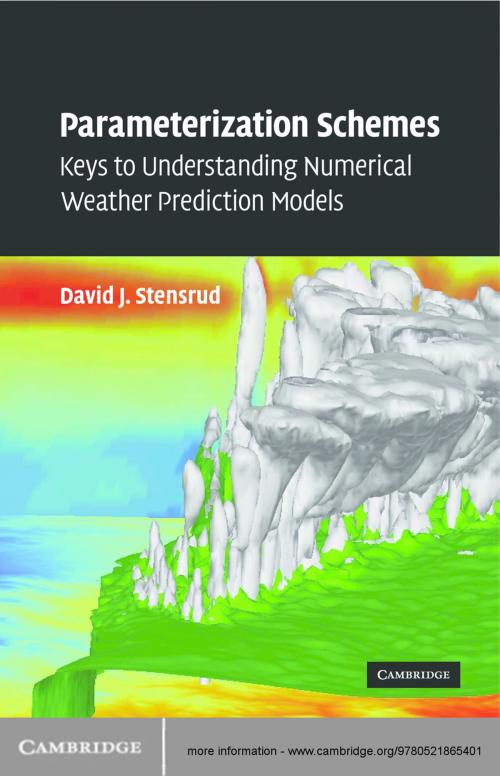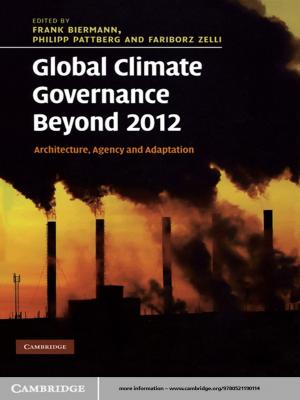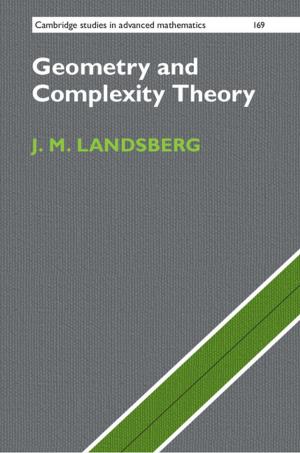Parameterization Schemes
Keys to Understanding Numerical Weather Prediction Models
Nonfiction, Science & Nature, Science, Other Sciences, Meteorology| Author: | David J. Stensrud | ISBN: | 9781107460386 |
| Publisher: | Cambridge University Press | Publication: | December 3, 2009 |
| Imprint: | Cambridge University Press | Language: | English |
| Author: | David J. Stensrud |
| ISBN: | 9781107460386 |
| Publisher: | Cambridge University Press |
| Publication: | December 3, 2009 |
| Imprint: | Cambridge University Press |
| Language: | English |
Numerical weather prediction models play an increasingly important role in meteorology, both in short- and medium-range forecasting and global climate change studies. The most important components of any numerical weather prediction model are the subgrid-scale parameterization schemes, and the analysis and understanding of these schemes is a key aspect of numerical weather prediction. This book provides in-depth explorations of the most commonly used types of parameterization schemes that influence both short-range weather forecasts and global climate models. Several parameterizations are summarised and compared, followed by a discussion of their limitations. Review questions at the end of each chapter enable readers to monitor their understanding of the topics covered, and solutions are available to instructors at www.cambridge.org/9780521865401. This will be an essential reference for academic researchers, meteorologists, weather forecasters, and graduate students interested in numerical weather prediction and its use in weather forecasting.
Numerical weather prediction models play an increasingly important role in meteorology, both in short- and medium-range forecasting and global climate change studies. The most important components of any numerical weather prediction model are the subgrid-scale parameterization schemes, and the analysis and understanding of these schemes is a key aspect of numerical weather prediction. This book provides in-depth explorations of the most commonly used types of parameterization schemes that influence both short-range weather forecasts and global climate models. Several parameterizations are summarised and compared, followed by a discussion of their limitations. Review questions at the end of each chapter enable readers to monitor their understanding of the topics covered, and solutions are available to instructors at www.cambridge.org/9780521865401. This will be an essential reference for academic researchers, meteorologists, weather forecasters, and graduate students interested in numerical weather prediction and its use in weather forecasting.















